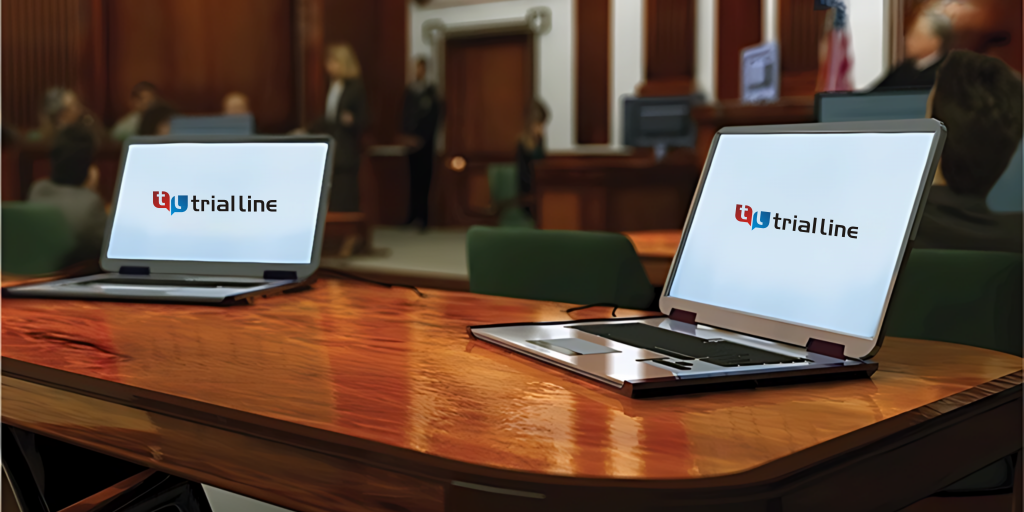Enhance your case with dynamic and well-structured trial presentations for effective advocacy.
Enhance your case with dynamic and well-structured trial presentations for effective advocacy.
Blog Article
Just How Trial Presentations Enhance Your Debate and Encourage Jurors
Test presentations function as a pivotal mechanism for enhancing lawful disagreements and encouraging jurors. By integrating visual aids, narrative structures, and psychological engagement, lawyers can develop an engaging situation that resonates on numerous levels. The calculated use of visuals not only clarifies complicated details but additionally catches jurors' interest extra efficiently than words alone. However, the art of narration plays an equally critical role in changing factual proof into an engaging story, shaping jurors' perceptions - trial presentations. Understanding these components can substantially affect test outcomes, raising the question of how each part adds to this intricate dynamic.

Relevance of Aesthetic Help
Aesthetic aids play a critical role in enhancing the effectiveness of trial discussions, as they can considerably boost audience engagement and retention of information. In the context of a trial, where jurors are entrusted with processing complex details, aesthetic help serve to simplify and clarify essential factors. Graphes, charts, and images can communicate information and concepts that might otherwise overwhelm or puzzle jurors, permitting an extra straightforward understanding of the proof offered.
Furthermore, aesthetic aids assist in maintaining juror interest throughout the process. By breaking the dullness of spoken testament, these tools can stress crucial disagreements, making them more remarkable. Effective aesthetic help can additionally stimulate psychological feedbacks, which can be critical in encouraging jurors to straighten with the speaker's narrative.

Crafting Compelling Stories
An engaging story is vital in trial presentations, as it works as the foundation of reliable persuasion. It allows attorneys to weave together realities, proof, and emotional aspects into a meaningful tale that resonates with jurors. This narrative framework enables jurors to recognize the complexities of the instance while assisting them via the lawyer's argument.
To craft a compelling story, lawyers should focus on quality and comprehensibility. Furthermore, the usage of vivid summaries can produce mental images that aid jurors envision the events, making the story much more unforgettable.
In addition, incorporating crucial themes throughout the discussion enhances the core message and aids in retention - trial presentations. The narrative should not only share details but also stimulate a feeling of justice, highlighting the risks included. Eventually, a well-constructed story promotes a connection in between the jurors and the situation, placing the lawyer's argument as both legitimate and engaging, therefore increasing the probability of a beneficial judgment

Engaging the Jury Psychologically
Effective court engagement hinges on the lawyer's ability to connect with jurors on an emotional level. This link can dramatically affect jurors' perceptions and their ultimate decision-making.
Aesthetic aids, such as photos or video clips, can further boost emotional involvement, offering jurors with dazzling depictions of the situation's human elements. Crafting a narrative that highlights the battles and victories of the individuals involved makes sure that jurors see beyond the lawful disagreements and identify the human repercussions of their choices.
A lawyer's passionate distribution can reverberate with jurors, reinforcing their psychological financial investment in the case. It's crucial to stabilize emotional charms with factual evidence, important site making sure that jurors feel urged to act while remaining grounded in the reality.
Structuring Your Discussion

The body of the presentation must be realistically segmented into key points, each sustained by engaging evidence. It is helpful to Get More Info use narration methods to weave facts into a story that jurors can easily adhere to. Aesthetic aids, such as graphes and video clips, can enhance understanding and interaction, assisting to highlight vital pieces of evidence.
Real-World Study
Checking out real-world case researches gives indispensable understandings right into the art of trial presentations and persuasion. learn this here now As an example, the site situation of "O.J. Simpson v. Individuals of California" shows just how aesthetic aids and engaging narratives can guide jury perceptions. The defense group successfully utilized a method that combined top-level specialist testaments with multimedia presentations, which mesmerized jurors and eventually affected their decision.
One more remarkable instance is the "McDonald's Coffee Case," where the complainant's attorneys used visuals pictures of the injuries sustained by Stella Liebeck. trial presentations. This stark visual evidence played a critical duty in communicating the extent of her burns, leading to a considerable court honor. Such situations show that impactful trial presentations usually hinge on the effective integration of visuals and storytelling to evoke psychological responses from jurors
Additionally, the "Casey Anthony Test" highlighted the relevance of narrative comprehensibility and trustworthiness. The prosecution's failure to establish an engaging timeline diminished their influential power, emphasizing the need of a well-structured discussion. Assessing these instances reveals that successful trial discussions call for strategic preparation, emotional engagement, and the ability to resonate with jurors' worths and beliefs.
Final Thought
Test presentations considerably improve disagreements and convince jurors via the tactical usage of visual help, compelling stories, and emotional engagement. By streamlining complex details and cultivating links with the target market, these elements create an unforgettable and impactful experience. A well-structured discussion equilibriums emotional appeals with factual evidence, eventually reverberating with jurors' worths. The assimilation of these techniques not only influences decision-making but also emphasizes the importance of efficient communication in the courtroom.
Report this page